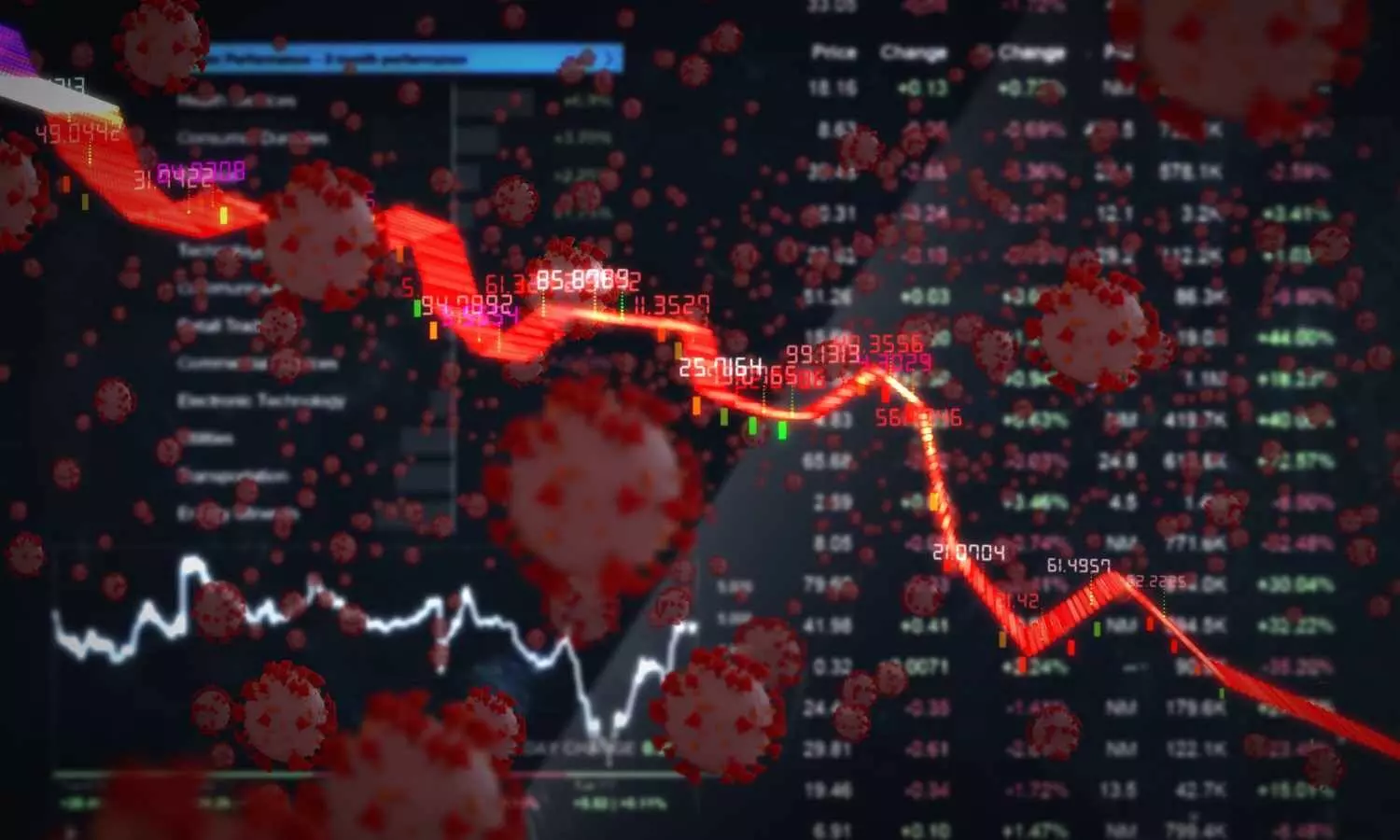Sensex Crashes 800 Points, Nifty Nears 24,500 – Why Is the Indian Stock Market Falling?
Sensex tumbles 800 points and Nifty nears 24,500 amid market volatility. Discover the key reasons behind today’s Indian stock market crash and what it means for investors.
Nifty drops toward 24,500 amid global trade tensions

The Indian stock market opened on a weak note on Monday, June 2, witnessing a sharp selloff during the morning session. The BSE Sensex dropped nearly 800 points, while the Nifty 50 slipped close to the 24,500 mark, reflecting broad-based investor caution.
📉 Market Opening Snapshot
- Sensex opened at 81,214.42, down from its previous close of 81,451.01, and plunged as much as 797 points to an intraday low of 80,654.26.
- Nifty 50 began trading at 24,669.70, compared to its previous close of 24,750.70, and fell 0.91% to hit a low of 24,526.15.
- Interestingly, BSE Midcap and Smallcap indices remained resilient, gaining about 0.30% each, supported by continued retail and HNI interest.
🔍 Why Is the Market Falling Today?
1. Trump’s Tariff Shock Rattles Global Sentiment
US President Donald Trump’s announcement of doubling tariffs on imported steel and aluminium to 50% from June 4 sent shockwaves through global equity markets. Major Asian indices like Japan’s Nikkei and Hong Kong’s Hang Seng dropped 1–2% following the news.
“Trump’s tariff move signals prolonged uncertainty in global trade, adding turbulence to equity markets,” said VK Vijayakumar, Chief Investment Strategist at Geojit Financial Services.
In addition, renewed trade tensions between the US and China further dented investor sentiment, with China accusing the US of breaching trade agreements and vowing to respond.
2. Profit Booking in Heavyweights
Market participants are booking profits in large-cap stocks like HDFC Bank and Reliance Industries, dragging down benchmark indices. Meanwhile, mid- and small-cap stocks continue to draw attention, backed by strong earnings potential and retail inflows.
“There’s genuine earnings momentum in manufacturing, defence, and infrastructure sectors, attracting retail and HNI interest,” said Vinit Bolinjkar, Head of Research at Ventura Securities.
3. FPI Buying Slows Down
Foreign portfolio investors (FPIs) have been pulling back from Indian equities. In the previous session alone, FPIs sold stocks worth ₹6,449.74 crore in the cash segment.
The pullback is being attributed to:
- Rising US dollar index
- Stretched valuations in Indian markets
4. Lack of Fresh Domestic Triggers
While India’s long-term economic outlook remains strong, markets currently lack short-term positive catalysts. Tepid earnings growth and geopolitical uncertainty are prompting investors to adopt a wait-and-watch approach.
“Unless there’s a clear pickup in earnings, the market may stay range-bound,” added Vijayakumar.
Although Q4FY25 results were slightly better than expected, forward guidance remains weak. As per Motilal Oswal Financial Services, earnings downgrades continue to outpace upgrades, signaling investor caution.
5. Technical Resistance and Support Levels
From a technical standpoint, the Nifty 50 remains stuck in a narrow range, with key resistance at 24,900 and support at 24,650.
“A breakout above 24,900 could take the Nifty to 25,150. But if it falls below 24,650, we might see a retest of 24,450 or even 23,900,” said Shrikant Chouhan, Head of Equity Research at Kotak Securities.
He adds that the 20-day simple moving average (SMA) around 24,650 is a critical support level for short-term traders.
📌 Conclusion
The Indian stock market’s decline on June 2 is driven by global trade fears, profit-taking in blue chips, weak FPI activity, and technical resistance. While mid- and small-cap segments show relative strength, the broader market may remain volatile unless fresh triggers emerge.

